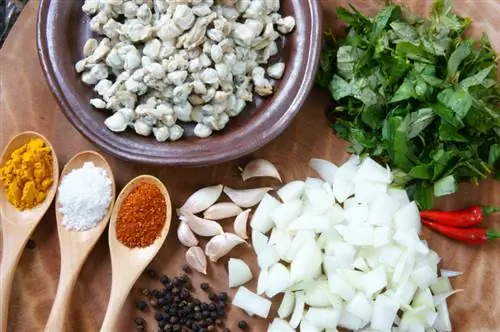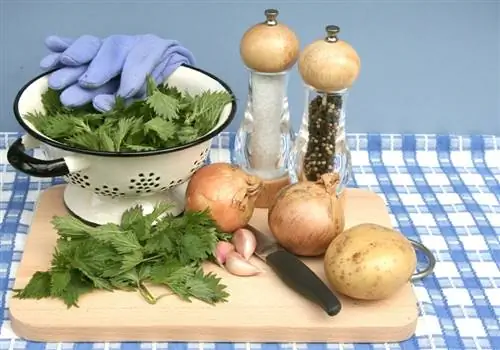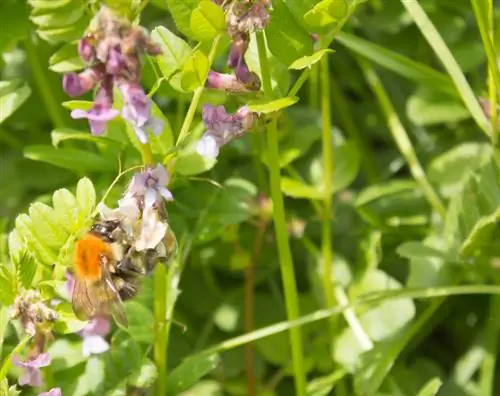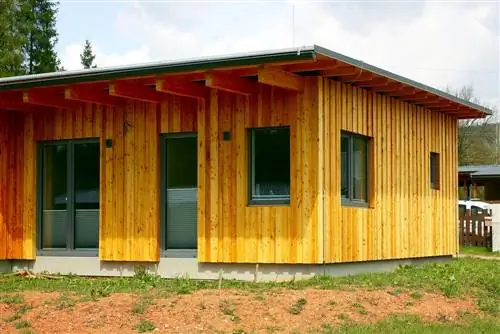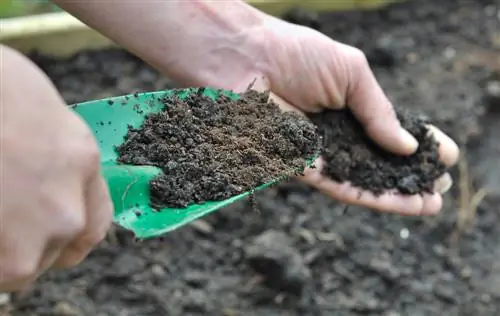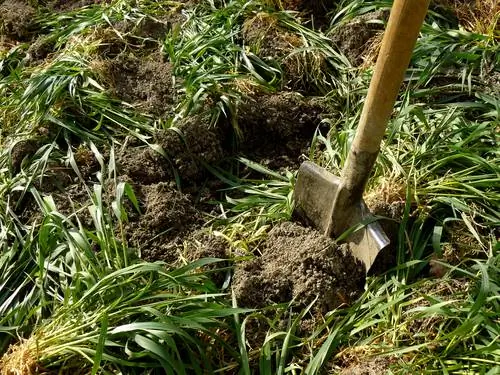- Author admin [email protected].
- Public 2023-12-16 16:46.
- Last modified 2025-01-23 11:20.
In some forums you can read that knotweed is poisonous and therefore not suitable for consumption. The opposite is true, as many species of knotweed have been eaten as vegetables or used as medicinal products for centuries. Everyone probably knows rhubarb or dock; at least the first plant can be found in almost every garden. Both belong to the knotweed family, as does the Japanese knotweed or the meadow knotweed, both of which also make delicious dishes.
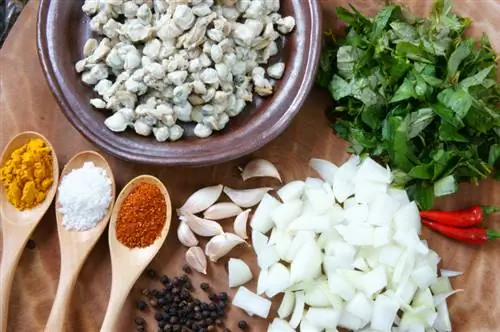
Can you eat knotweed and is it poisonous?
Knotweed is not poisonous and many species, such as rhubarb, dock, Japanese knotweed and meadow knotweed, are edible and used as vegetables or medicines. Young leaves and shoots are ideal ingredients for fresh salads and wild vegetable recipes.
Eating Japanese Knotweed
Japanese knotweed is often referred to as a "monster" due to its incredible growth and the fact that it is very difficult to fight - and should be killed simply by eating it. In fact, the plant is mainly grown as food in its East Asian homeland. Japanese knotweed contains the antioxidant Reservatrol, which is the same substance that makes blue grapes and red wine so he althy - it helps lower cholesterol and therefore protects the heart.
Wild rhubarb
Of Japanese knotweed, the young shoots that sprout in spring are harvested and prepared as wild rhubarb. In fact, this type of knotweed is also known by this name and also tastes similar to rhubarb. The bamboo-like poles are cut until they reach a height of around 20 centimeters - after that the oxalic acid content becomes too high. The harvested shoots grow back all year round, so you can harvest again and again until winter.
Eating meadow knotweed
The young leaves and seeds of the meadow or snake knotweed can also be processed into tasty dishes in a variety of ways. Leaves and shoots can be prepared as wild vegetables or salad, while the seeds can be prepared like the well-known buckwheat. By the way, this is also a knotweed plant. You can collect leaves and shoots between April and August and seeds in August and September.
Wild herb spinach the classic way
It doesn't always have to be the spinach from the frozen pack, try this wild spinach made from the young leaves of the meadow knotweed. You can enjoy it, in the classic way, with potatoes and a fried egg.
Recipe:
- 200 grams of meadow knotweed leaves
- 1 finely chopped onion
- some garlic (to taste)
- 3 leaves of fresh or 1/2 teaspoon dried lovage
- 1 tablespoon butter or olive oil
- 1 tablespoon flour
- 100 milliliters of milk
- S alt and nutmeg to taste
First, blanch the leaves briefly in boiling s alted water, then chop them finely and sauté them in fat together with the spices. Also sweat the flour and deglaze it with the milk (and a little broth if necessary). Season the smooth sauce with s alt and nutmeg. Finally, you can stir in an egg yolk and alloy the mixture.
Tips & Tricks
Due to its high oxalic acid content, people prone to kidney stones, people with arthritis and children should only consume a small amount of knotweed.

